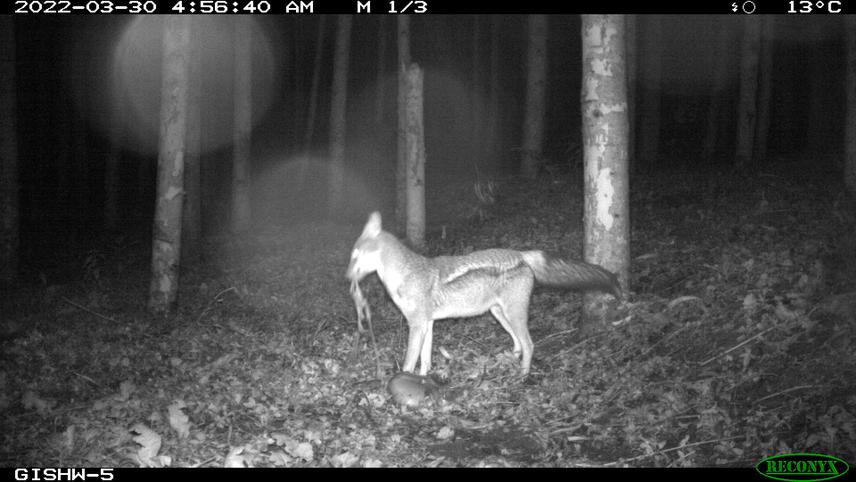Ezechiel Turikunkiko
Other projects
29 Jul 2020
Identifying Felids Ranging Out Park Boundaries, Assessing their Impacts on Community Properties Around Nyungwe National Park and Proposing Mitigation Measures
Unprecedented livestock killings around newly established Gishwati-Mukura National Park and Biosphere Reserve has increased between 2019 and 2022, where more than 200 livestock (cattle calves/juveniles, goats, sheep and pigs) have been reported to be likely killed by wild animals around Gishwati Mukura National Park and Biosphere Reserve, and these cases seems to continue in 2023 as per present reports. Local communities have claimed that neither the Gishwati nor Mukura forests had ever been documented to have problem animals prior to their designation as national park. But these community assumptions may not account for the absence of carnivores in the locations, while human activities, conservation history and characteristics of an area can exacerbate the situation as well.

Jackal.
This undertaken research project aims at assessing those factors leading to the frequent recorded livestock killings. And specifically, the following questions have to be addressed in order to significantly contribute to the solution of the problem: (i) What are the exact carnivores that are killing the livestock around Gishwati-Mukura National Park? (ii) Is the predation linked to the historical conservation of Gishwati and Mukura forests? (iii) Do the characteristics of Gishwati Mukura landscape’s animal habitat enable or disable the predation of livestock? (iv) Are the current livestock killings linked to the predator or prey behaviors or availability? (v) What is the level of livestock producers in the matters of prevention and responses on predation? (vi) Are human-wildlife coexistence approaches understood and accepted by local communities? (ii) How can humans-carnivore conflicts and other wildlife be significantly mitigated in the area of Gishwati-Mukura National Park and Biosphere Reserve?
The project will be conducted in Rutsiro and Ngororero Districts (Nyabirasi, Muhanda, Kigeyo, Ruhango and Mukura Sectors). The methods to be used are the community survey, reconyx camera trapping, desk review, and field observations. Unmarked package or RPresence package will be used to analyze camera trap data and community survey data in excel with descriptive statistics.
However, a number of possible causes behind livestock killings will be found out, and there will be proposed mitigation actions on how to reduce human- carnivore/wildlife conflicts in Gishwati-Mukura landscape. The project will be monitored through discussing and sharing the findings with various park stakeholders, institutions and decision makers in order to get their feedback on the project, execution of the proposed recommendations and the use of project results for HWC resolutions.